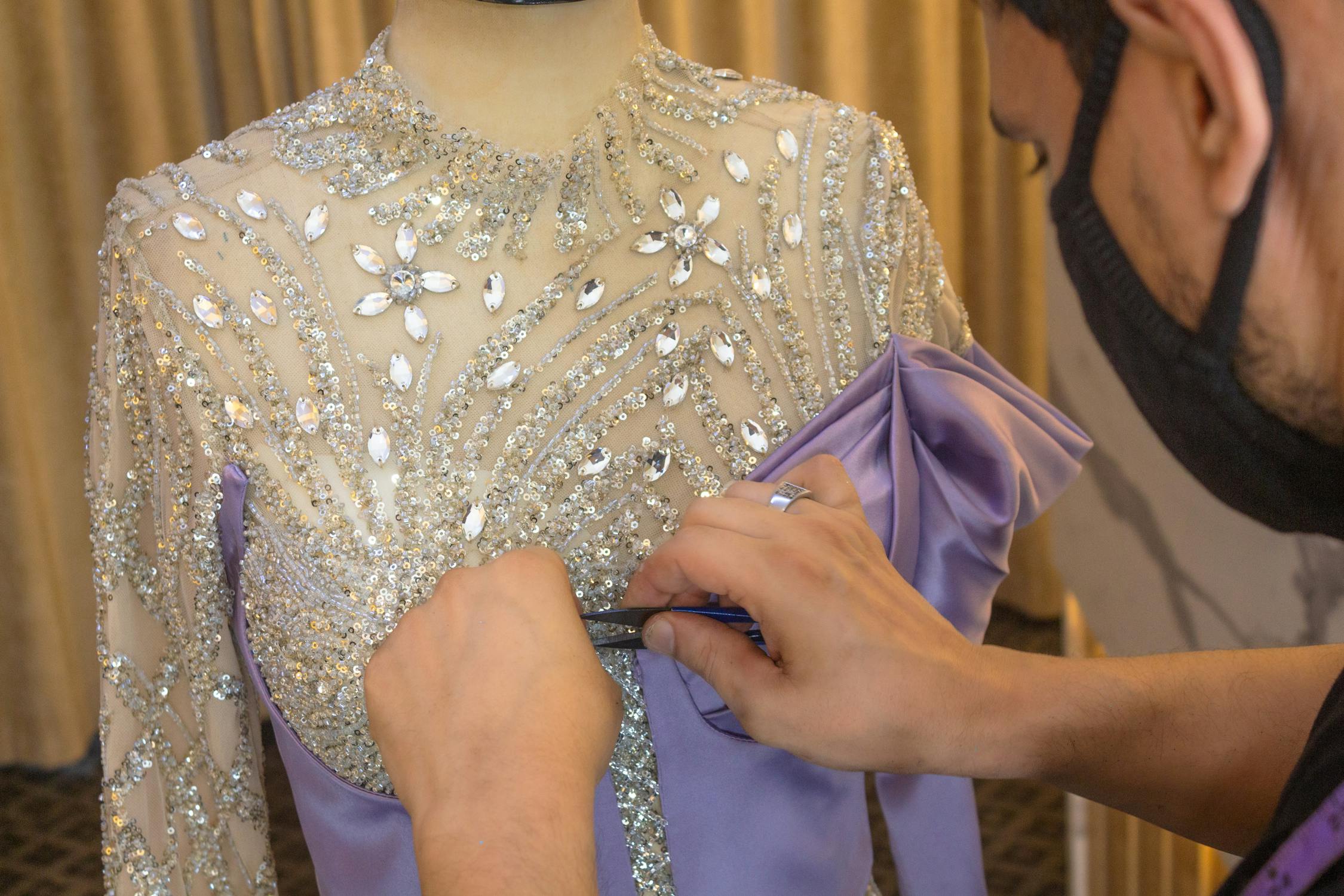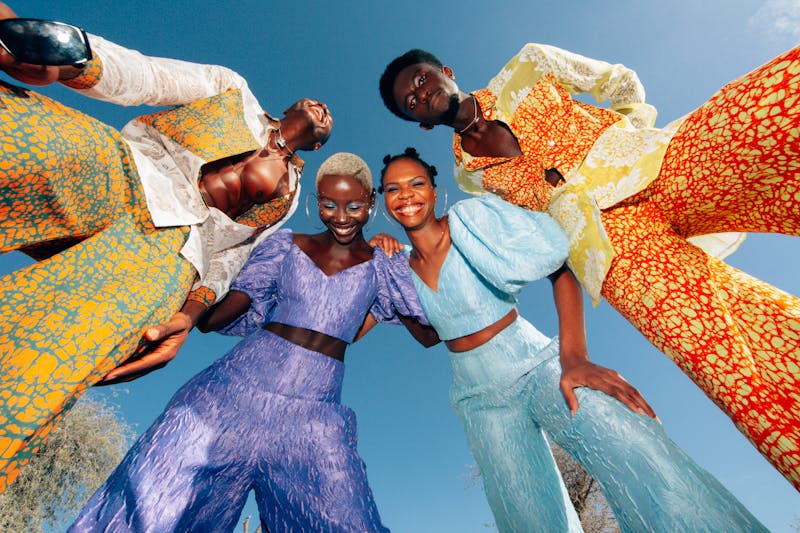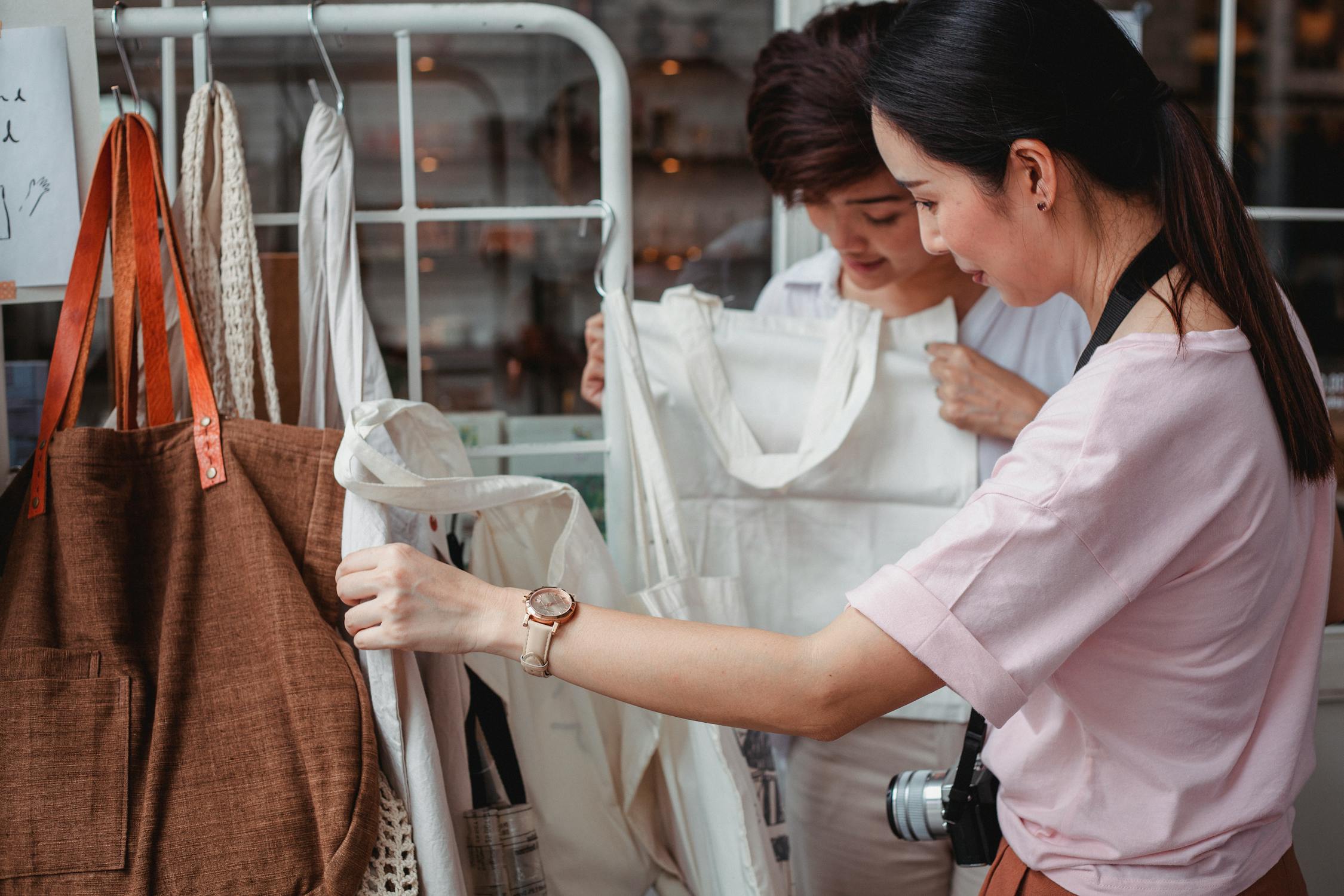1. The Origins of Sustainable Fashion
The roots of sustainable fashion can be traced back to the environmental and social movements of the 1960s and 1970s. As concerns about pollution, resource depletion, and worker exploitation grew, a small but passionate group of designers and activists began advocating for more ethical and environmentally friendly practices within the fashion industry. Their efforts laid the foundation for what would eventually become the sustainable fashion movement.

2. Early Innovations and Challenges
In the 1980s and 1990s, a handful of pioneering designers and brands began experimenting with eco-friendly materials, such as organic cotton, hemp, and recycled fibers. These early efforts faced significant challenges, including limited availability of sustainable materials, higher production costs, and a lack of consumer awareness and demand. Despite these obstacles, the seeds of change had been planted, and the momentum for sustainable fashion continued to grow.

3. The Rise of Eco-Friendly Fashion
By the early 2000s, sustainable fashion had begun to gain traction, fueled by increasing awareness of environmental issues and growing consumer demand for ethically produced clothing. Major fashion brands started to take notice, incorporating sustainable practices into their operations and launching eco-friendly collections. High-profile events, such as the launch of the Sustainable Apparel Coalition and the Copenhagen Fashion Summit, further elevated the profile of sustainable fashion on the global stage.

4. Mainstream Acceptance and Adoption
In recent years, sustainable fashion has moved beyond the realm of niche designers and boutique brands to become a mainstream phenomenon. Consumers are increasingly prioritizing sustainability in their purchasing decisions, driving demand for eco-friendly clothing and accessories. Major retailers and fashion houses are responding to this shift by implementing sustainability initiatives, reducing their carbon footprint, and embracing circular economy principles.

5. Key Trends and Innovations
Today, sustainable fashion encompasses a wide range of practices and innovations aimed at minimizing environmental impact and promoting social responsibility. From the use of organic and regenerative materials to zero-waste production techniques and closed-loop recycling systems, designers and brands are continually pushing the boundaries of what is possible in sustainable fashion. Collaborations between fashion and technology sectors are also driving innovation, with advancements in biodegradable textiles, 3D printing, and virtual fitting solutions.

6. Challenges and Opportunities Ahead
Despite significant progress, the sustainable fashion movement still faces numerous challenges, including the need for greater transparency and accountability throughout the supply chain, the eradication of labor exploitation, and the development of more sustainable packaging and distribution methods. However, these challenges also present opportunities for collaboration, innovation, and positive change within the industry.

7. Conclusion
A Bright Future for Sustainable Fashion As we look ahead, the future of sustainable fashion appears brighter than ever. With increasing awareness, innovation, and consumer demand, sustainable fashion is poised to become the new standard in the industry. By embracing ethical and environmentally friendly practices, fashion has the power to not only reduce its negative impact on the planet but also to inspire positive change in society as a whole. Together, we can continue the evolution of sustainable fashion and create a more just, equitable, and sustainable future for all.







